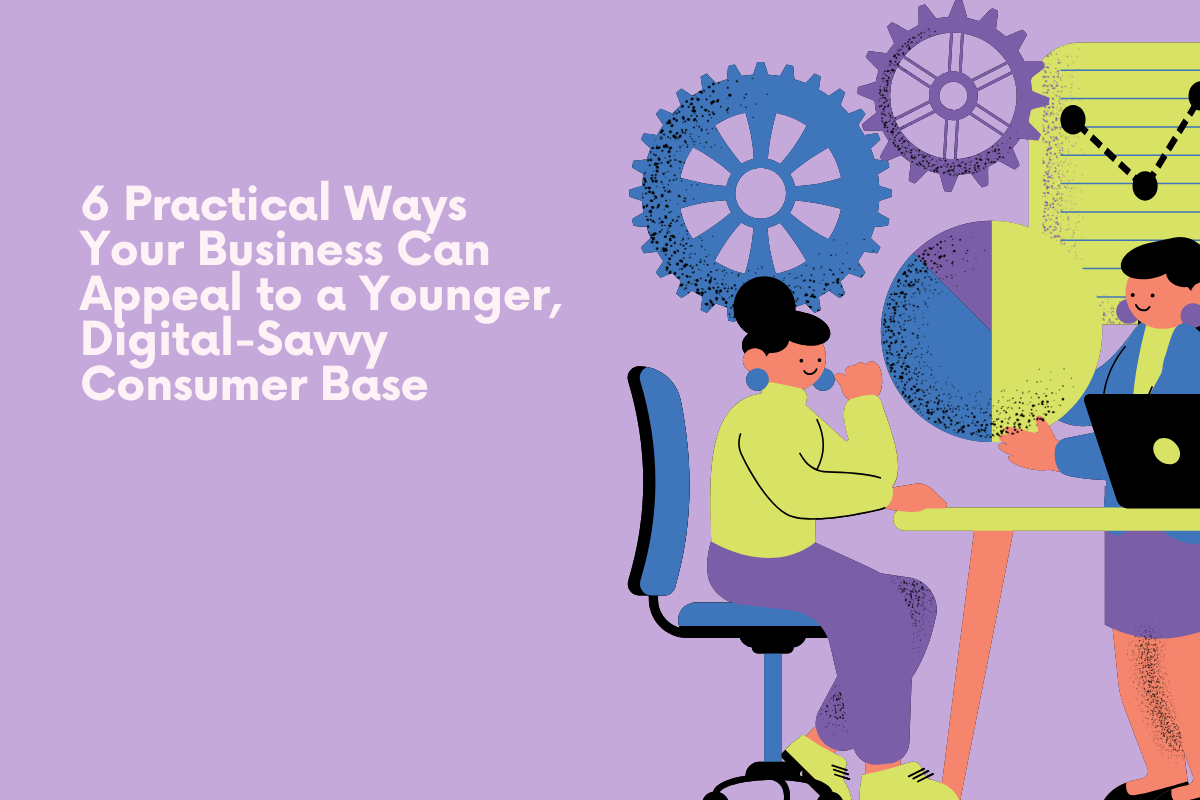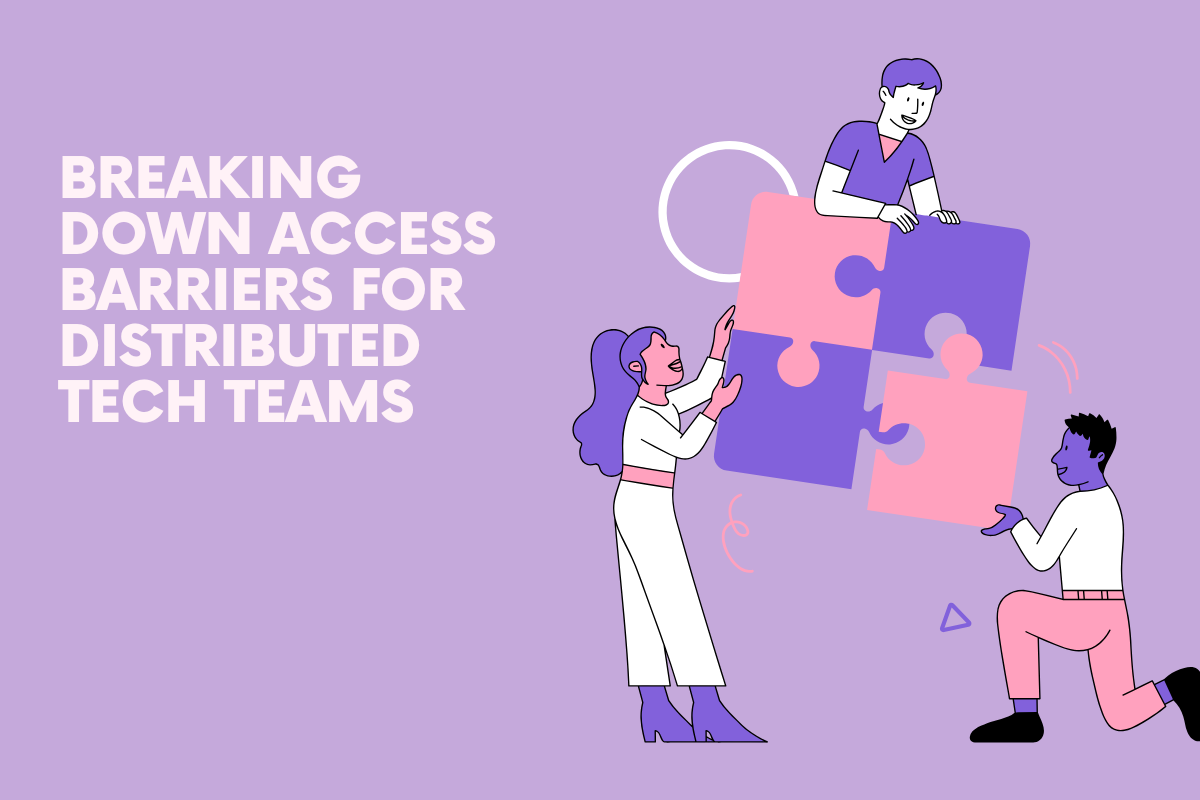Younger consumers are reshaping the marketplace with new expectations. They seek brands that recognize their shifting needs and connect with them in meaningful ways. Shaped by a digital-first world, Gen Z and younger millennials prioritize faster, smarter, and more intuitive experiences across every touchpoint. Perhaps most critically, along with their high standards come shorter attention spans.
For businesses accustomed to traditional marketing strategies, adapting to these changes can feel daunting. However, ignoring this demographic risks falling behind in a rapidly shifting market. After all, millennials and gen Z’s not only shape industry trends but also influence purchasing decisions, and they expect businesses to evolve with them.
The key to reaching this customer base is understanding how to meet their expectations while maintaining your brand’s identity. To help you get started, this article presents practical strategies to help you connect with the new generation of consumers and stay ahead of the competition.
Offer Seamless and Flexible Payment Options
A clunky checkout process is one of the fastest ways to lose a customer, especially young, digitally savvy ones. Whether they’re buying through your website or chatting with you on social media, they expect quick, hassle-free payment options that fit the way they already shop.
To meet this standard, consider integrating digital wallets, tap-to-pay terminals, and mobile-friendly checkout solutions. Even simple features like sending payment links through messaging apps can make transactions effortless, especially for smaller purchases or casual inquiries. Removing unnecessary steps, such as mandatory account sign-ups or redirect-heavy payment flows, also streamlines the process and keeps customers engaged.
When payments feel effortless instead of frustrating, you enhance the overall shopping experience and create a lasting impression that keeps these efficiency-driven customers coming back.
Optimize Your Website and Mobile Experience
A slow or clunky website can discourage visitors before they even get the chance to explore your products. In particular, younger consumers expect fast, intuitive browsing, especially on mobile. Make sure to address issues like slow loading times and unclear navigation as soon as possible to maintain customer interest and maximize potential sales.
Ensure a seamless online user experience by conducting regular testing. Try browsing as if you were a first-time visitor. Go through the checkout process on different devices and note where you hesitate or struggle. Small frustrations, such as unclear buttons or awkward navigation, can quickly add up, so fix these issues promptly to prevent users from abandoning their carts.
Additionally, simplify the layout and remove unnecessary obstacles. Make it easy to scan, scroll, and complete essential actions with minimal effort. A website that feels natural and responsive is a great way to keep young consumers engaged and interested.
Invest in Meaningful Social Media Engagement
Scrolling is second nature to younger consumers, but holding their attention requires more than just polished visuals. If your content feels one-sided or impersonal, it’s easy to get lost in the noise. What makes a difference is how your brand listens, responds, and interacts.
Rather than focusing solely on promotions, prioritize conversation and meaningful engagement. Ask thoughtful questions in your captions, reply to comments with intention, and share behind-the-scenes moments that feel authentic.
While platforms evolve, the need for connection remains constant. Whether you're on Instagram, TikTok, or a messaging app, the secret is showing up in ways that feel relevant and genuine. A single reply or shared story can foster more loyalty than any paid ad.
Align with Values That Matter to Them
Younger consumers care about more than just the products they buy. They want to support brands that align with their beliefs and take action on issues that matter. Whether it’s sustainability, fair labor, diversity, or broader social causes, they look for businesses that make a meaningful impact.
So, if you want to build trust, move beyond surface-level statements. A single campaign or vague promise won’t convince discerning customers. Instead, show your efforts through tangible actions, such as switching to eco-friendly packaging, investing in local communities, or improving workplace policies. Clear, measurable steps make a lasting impression.
Be transparent about your efforts, even if they’re still evolving, as customers value brands that embrace progress over perfection. Most importantly, stay consistent. When values are upheld over time, consumers feel good about their purchases and are more likely to develop lasting loyalty.
Leverage User-Generated Content and Influencer Partnerships
Before making a purchase, today's digital-savvy consumers look for validation beyond traditional advertising. Reviews, tagged posts, and familiar faces on social media often hold more influence than any polished marketing campaign. Seeing real people use and enjoy a product or service fosters trust in a way that paid promotions alone cannot.
That said, encourage your customers to share their experiences. A simple repost of a photo or a highlighted positive comment can amplify authenticity and encourage more organic engagement. When potential buyers witness genuine enthusiasm from their peers, it strengthens credibility and boosts interest.
Smaller influencers, particularly those within niche communities, can also be valuable partners. Their audiences view them as relatable rather than distant celebrities, making their recommendations feel more personal. Be sure to choose collaborators whose values align with your brand and focus on meaningful connections rather than sheer reach.
Create Personalized, Data-Driven Experiences
Gen Z and millennial consumers expect brands to understand them, not just through broad trends but through individualized interactions. They’re used to platforms that anticipate preferences, suggest relevant content, and remember their habits. When your business mirrors this level of awareness, it intensifies engagement and builds lasting connections.
Leverage customer data to shape communication in meaningful ways. Send follow-ups based on recent activity and recommend products aligned with browsing history. Even small adjustments like refining content to reflect user behavior can make interactions feel more tailored and intuitive. Keep in mind that a one-size-fits-all approach feels outdated in an environment where consumers are used to seamless digital experiences. This audience not only appreciates personalization, but expects it.
Reaching younger, tech-savvy shoppers isn’t a one-time fix, but an ongoing evolution. These buyers are constantly shaping the landscape and raising the standards, making continuous learning and adaptability crucial to earning their long-term loyalty. Embrace the journey, experiment with these strategies, and watch your connection with this influential generation flourish.





.png)